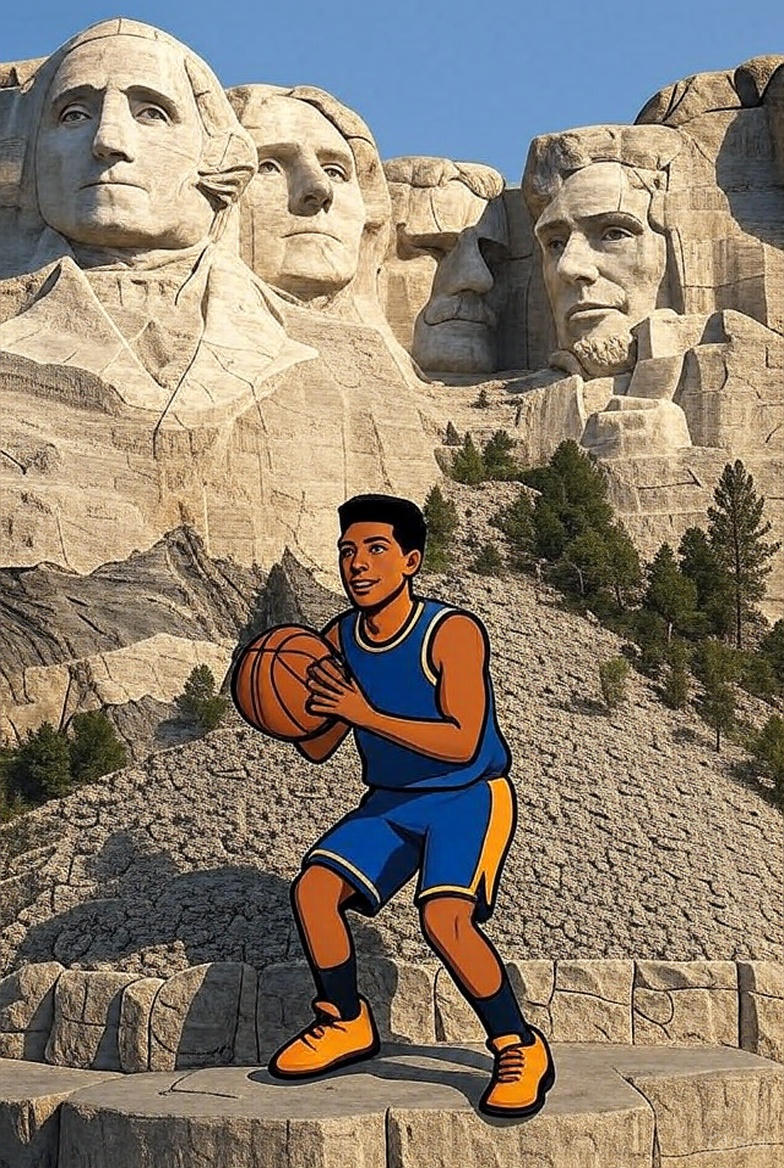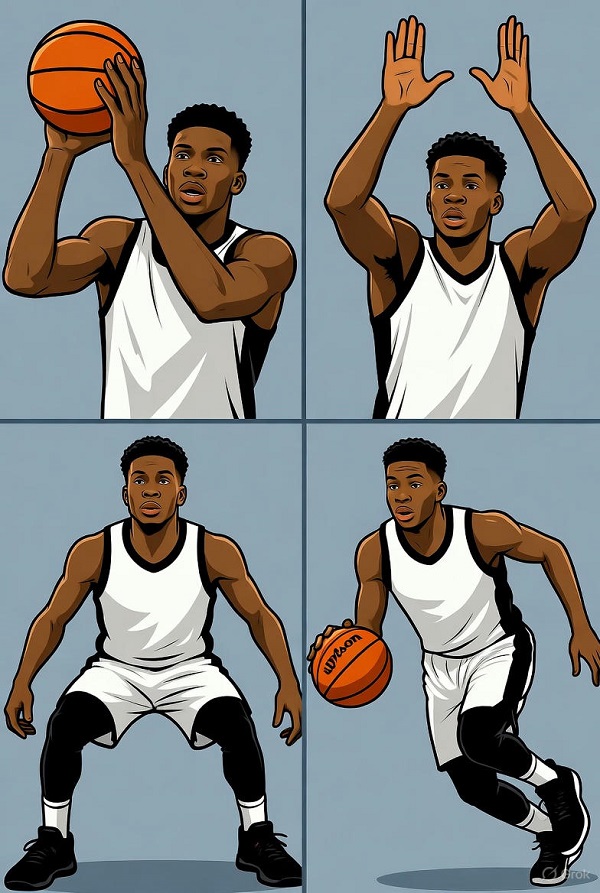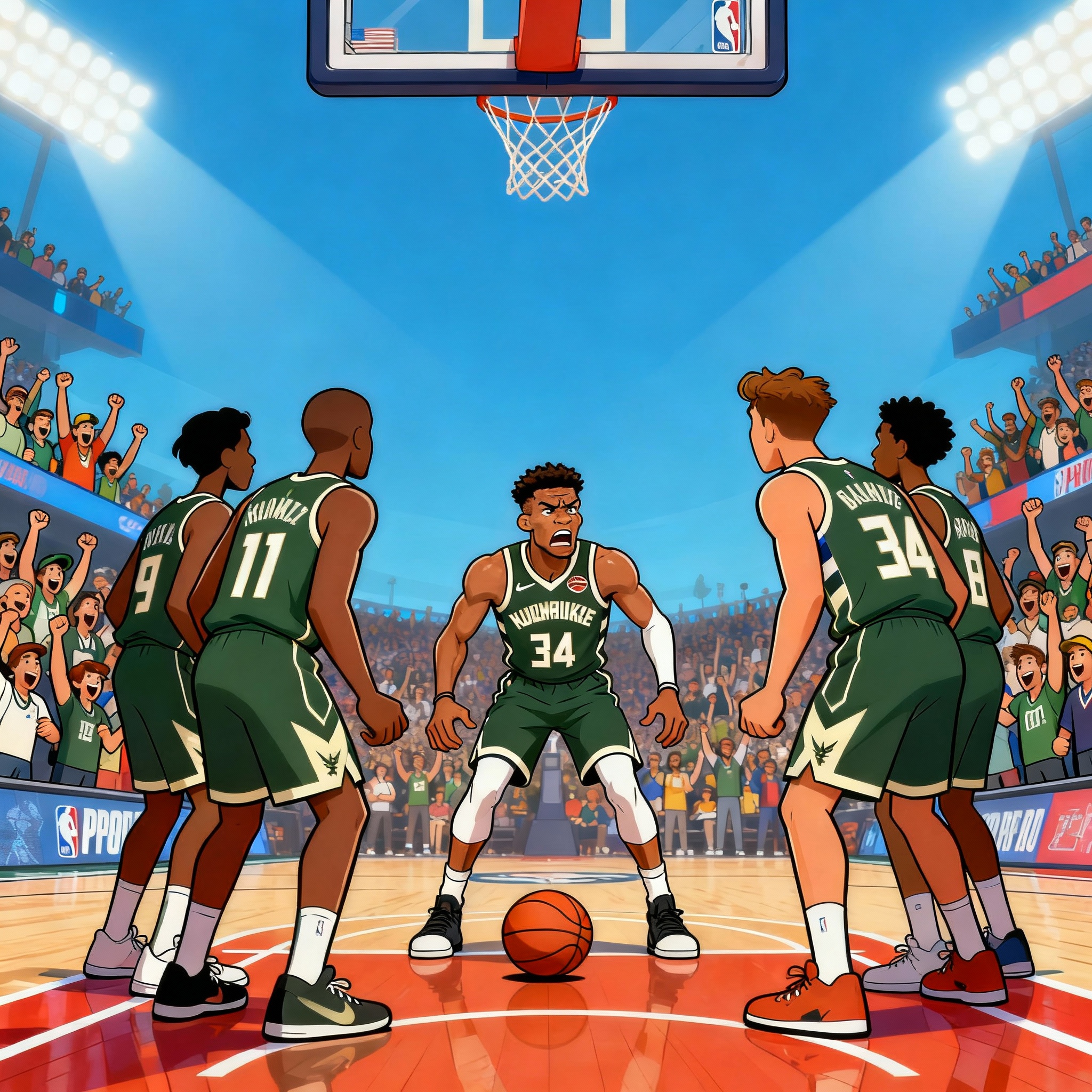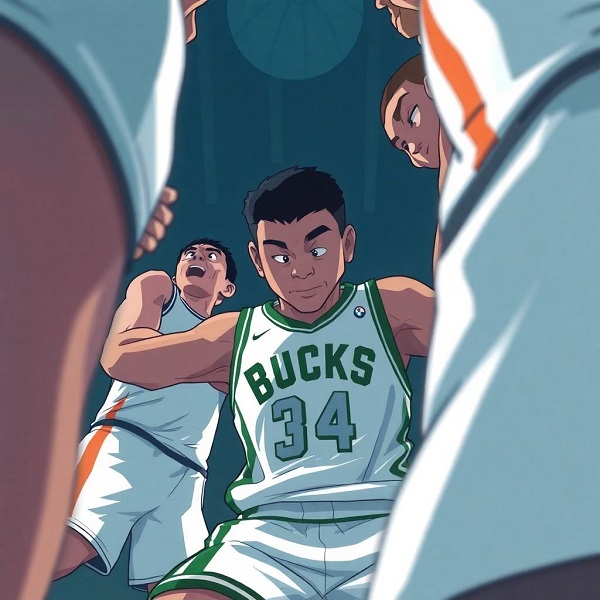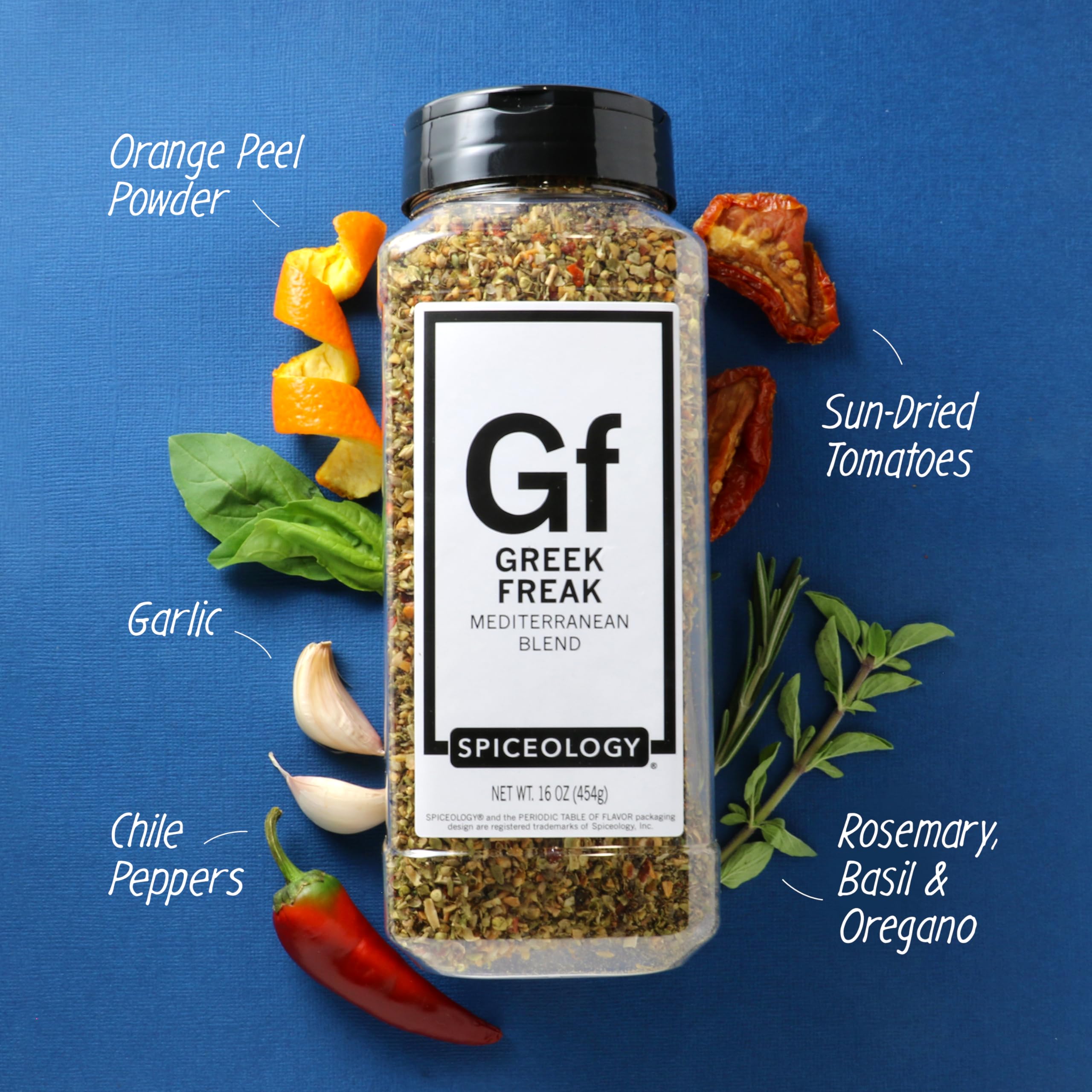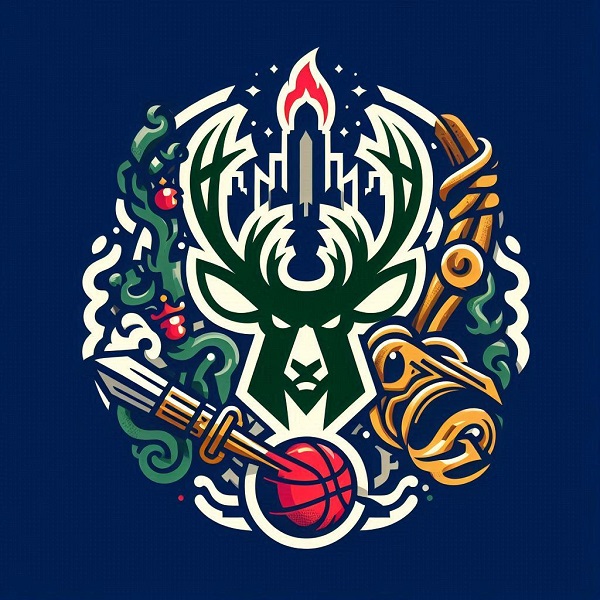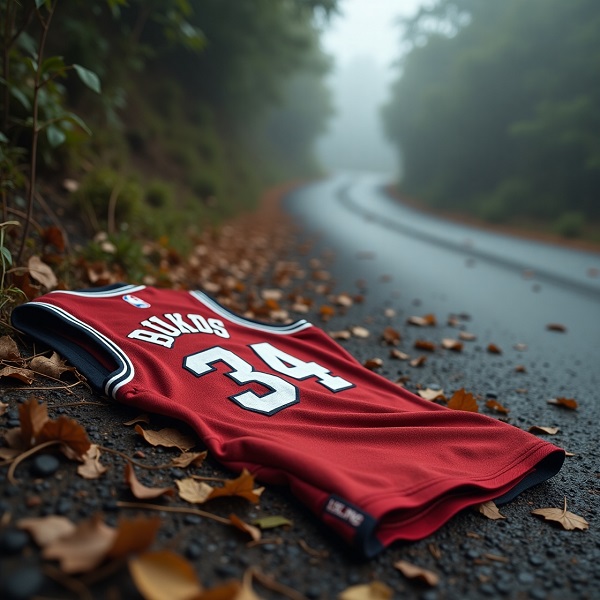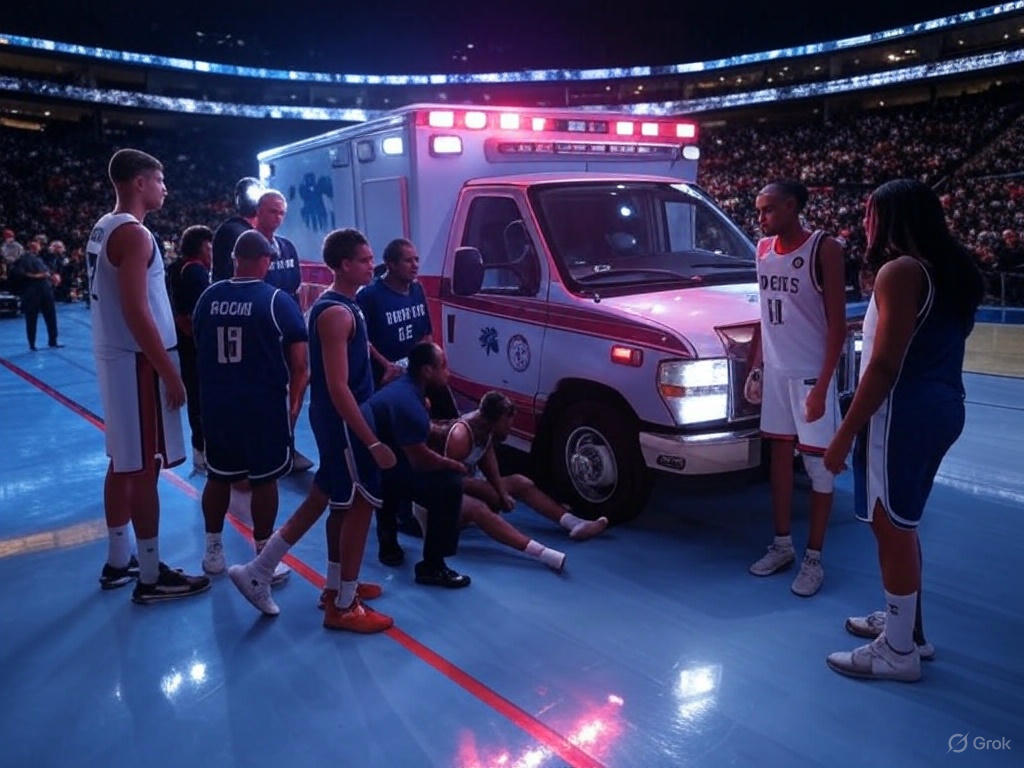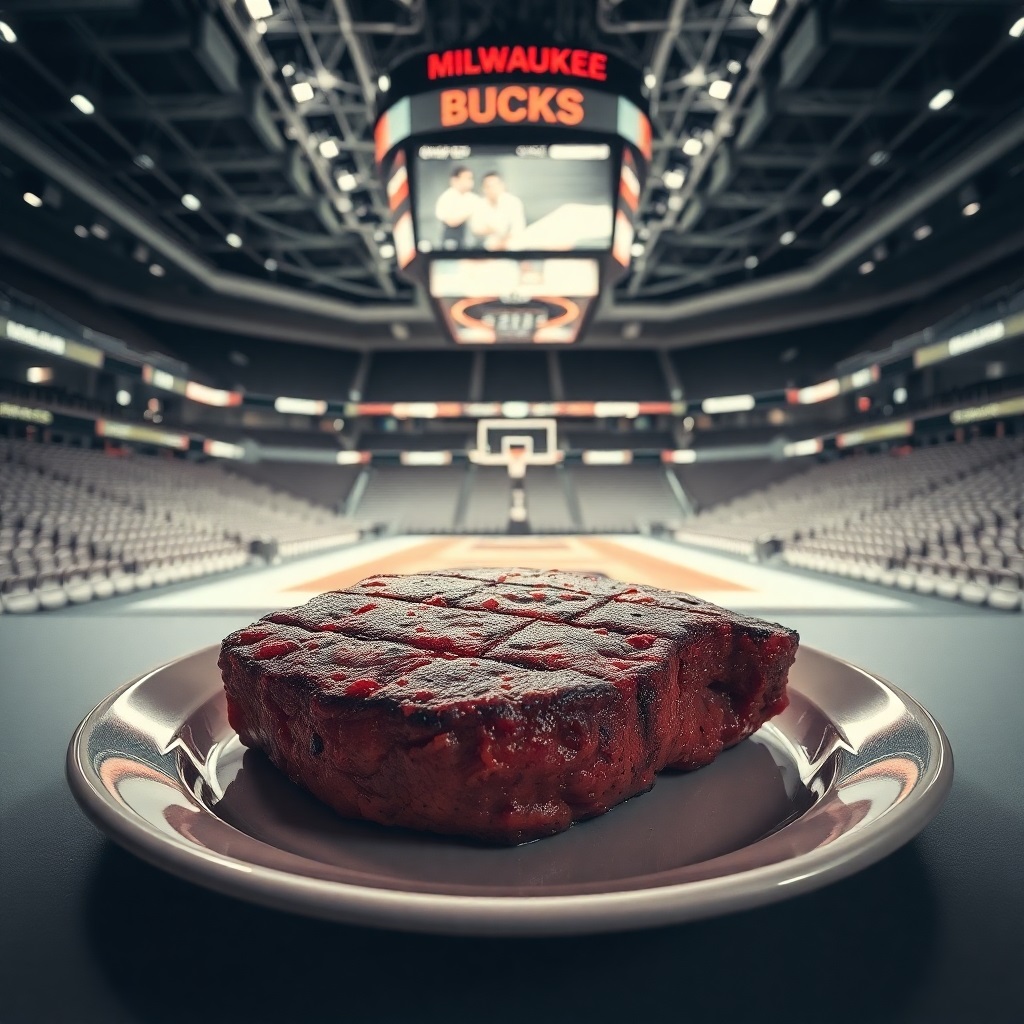The following analysis dives into the top 15 players who guarded him the most during the 2024-25 season, based on possessions defended (Poss). These stats reflect Giannis’s performance when primarily defended by each player, per 75 possessions. Effective defense is indicated by lower points (PTS), assists

(AST), TS%, and FTA (suggesting fewer drives and fouls drawn), alongside higher turnovers (TOV). Kudos for the idea to these guys:
We’ll rank them by possessions faced (descending order, as in the provided table) for reliability—higher sample sizes reduce noise. For each player, I’ll cover their background, defensive style, and how the stats stack up against Giannis’s averages. Data sourced from NBA advanced tracking, highlighting individual matchups.
Here’s the full table for reference:
| # | Opponent | Poss | PTS | AST | TOV | TS% | FTA |
|---|---|---|---|---|---|---|---|
| 1 | Bam Adebayo | 130 | 24.2 | 8.1 | 2.9 | 58.7% | 2.3 |
| 2 | Pascal Siakam | 130 | 27.1 | 7.5 | 4.0 | 67.6% | 2.3 |
| 3 | Wendell Carter Jr. | 113 | 21.9 | 5.3 | 4.0 | 47.8% | 5.3 |
| 4 | Al Horford | 113 | 29.3 | 4.7 | 0.0 | 46.2% | 4.0 |
| 5 | Jalen Duren | 105 | 32.2 | 11.4 | 3.6 | 57.9% | 7.9 |
| 6 | Jarrett Allen | 104 | 36.7 | 7.2 | 2.2 | 57.7% | 3.6 |
| 7 | Onyeka Okongwu | 97 | 21.0 | 8.5 | 3.1 | 47.9% | 10.9 |
| 8 | OG Anunoby | 86 | 18.2 | 4.3 | 1.7 | 40.3% | 6.1 |
| 9 | Nic Claxton | 81 | 32.6 | 7.5 | 2.8 | 56.5% | 8.4 |
| 10 | Grant Williams | 79 | 29.4 | 12.3 | 1.9 | 50.9% | 0.9 |
| 11 | Adem Bona | 72 | 29.0 | 12.4 | 1.0 | 62.8% | 12.4 |
| 12 | Jalen Johnson | 70 | 20.5 | 4.3 | 2.2 | 69.0% | 4.3 |
| 13 | Scottie Barnes | 69 | 19.5 | 5.4 | 7.6 | 68.2% | 5.4 |
| 14 | Dorian Finney-Smith | 59 | 27.9 | 6.3 | 3.8 | 75.1% | 7.6 |
| 15 | Jaren Jackson Jr. | 58 | 10.4 | 6.5 | 2.6 | 40.5% | 2.6 |
Now, let’s break down each defender.
1. Bam Adebayo (Miami Heat)
Bam Adebayo, a 6’9″ center with guard-like agility, has earned multiple All-Defensive honors for his switchability and rim protection. He’s known for his quick feet, strong hands, and ability to body up bigger players without fouling. Against Giannis, whom he’s faced in heated playoff series, Bam’s versatility shines.
In 130 possessions—the highest in our sample—Giannis posted 24.2 PTS (well below his 31.9 baseline), a solid 58.7% TS (down from 62.5%), and just 2.3 FTA (a massive drop from 11.2). This suggests Bam excels at contesting drives without sending Giannis to the line. However, Giannis racked up 8.1 AST (above average), indicating he often passed out of double-teams or mismatches created by Bam’s help defense. TOV at 2.9 is slightly below baseline, showing Giannis maintained control. Overall, Bam’s one of the elite Giannis-stoppers, limiting efficiency while forcing playmaking.
2. Pascal Siakam (Indiana Pacers)
Pascal Siakam, a 6’8″ forward with championship pedigree from Toronto, brings length, speed, and post defense to the table. His wiry strength and quickness allow him to mirror Giannis’s Euro-steps and spins, though he’s occasionally overpowered in the paint.
Tied for the most possessions at 130, Siakam held Giannis to 27.1 PTS (still under baseline) but allowed a scorching 67.6% TS—higher than Giannis’s average, pointing to efficient scoring opportunities. AST at 7.5 is slightly up, TOV at 4.0 is above average (good for defense), and FTA again low at 2.3. Siakam’s defense seems to funnel Giannis into tough shots or passes, but the high TS% suggests Giannis found ways to convert. Solid effort, but room for improvement in contesting without concessions.
3. Wendell Carter Jr. (Orlando Magic)
Wendell Carter Jr., a 6’10” big man with solid fundamentals, anchors Orlando’s defense with drop coverage and rebounding. He’s not the quickest, but his size helps clog the lane against drivers like Giannis.
Over 113 possessions, Carter limited Giannis to 21.9 PTS (excellent, far below baseline) and a dismal 47.8% TS (way down). TOV at 4.0 is elevated, AST at 5.3 is low, but FTA at 5.3 is moderate. This profile screams effective paint protection—Giannis struggled to finish efficiently, turning the ball over more while creating fewer assists. Carter’s traditional big-man defense appears tailor-made for slowing Giannis’s interior dominance.
4. Al Horford (Boston Celtics)
At 39, Al Horford remains a savvy veteran for the Celtics, using positioning and anticipation over athleticism. His experience in playoff battles against Giannis (including Boston’s 2022 series win) makes him a cerebral defender.
In 113 possessions, Giannis scored 29.3 PTS (near baseline) but on a poor 46.2% TS—Horford’s spacing and help rotations likely forced tough shots. AST dropped to 4.7 (great), FTA to 4.0 (low), but shockingly, TOV at 0.0 means Giannis was ultra-careful. Horford’s defense emphasizes team schemes over individual stops, effectively capping efficiency despite solid scoring volume.
5. Jalen Duren (Detroit Pistons)
Young and athletic at 6’10”, Jalen Duren is an emerging rim protector for the rebuilding Pistons, relying on explosiveness to challenge shots.
Across 105 possessions, Giannis exploded for 32.2 PTS (above baseline), 11.4 AST (way up), and 57.9% TS (down slightly). TOV at 3.6 is average, FTA at 7.9 moderate. Duren’s youth shows—Giannis feasted in playmaking and scoring, perhaps overwhelming Duren with speed and power. Promising tools, but not yet refined against elite talent.
6. Jarrett Allen (Cleveland Cavaliers)
Jarrett Allen, a 6’11” shot-blocker with the Cavs, uses length and timing to deter drivers. He’s a classic paint patroller.
In 104 possessions, Giannis torched him for 36.7 PTS (high), 7.2 AST, and 57.7% TS on low 3.6 FTA. TOV at 2.2 is low. Allen’s drop coverage might leave gaps for Giannis’s drives, leading to inefficient but voluminous scoring. Needs more physicality to disrupt.
7. Onyeka Okongwu (Atlanta Hawks)
Onyeka Okongwu, a 6’8″ energetic big off Atlanta’s bench, brings hustle and mobility, often switching onto wings.
Over 97 possessions, he held Giannis to 21.0 PTS (strong) and 47.9% TS (excellent), with 8.5 AST up but TOV at 3.1 average. FTA high at 10.9—Okongwu might foul too much. His aggression pays off in limiting points but invites freebies.
8. OG Anunoby (New York Knicks)
OG Anunoby, a 6’7″ lockdown wing for the Knicks, is renowned for his strength, length, and on-ball tenacity. He’s often tasked with star-stopping duties.
In 86 possessions, Anunoby shone: 18.2 PTS (elite low), 40.3% TS (abysmal for Giannis), 4.3 AST down, TOV 1.7 low, FTA 6.1 moderate. This screams suffocating defense—Anunoby’s physicality disrupts Giannis’s rhythm, forcing inefficiency. One of the best individual efforts here.
9. Nic Claxton (Brooklyn Nets)
Nic Claxton, a 6’11” switchable big for the Nets, uses length and agility to protect the rim and perimeter.
Over 81 possessions, Giannis scored 32.6 PTS (high) on 56.5% TS (down), with 7.5 AST up, TOV 2.8 low, FTA 8.4. Claxton’s versatility helps contest, but Giannis’s power overwhelms, leading to solid but not elite containment.
10. Grant Williams (Charlotte Hornets)
Grant Williams, a 6’6″ sturdy forward now with the Hornets, is a pesky defender who uses strength and trash-talk to irritate.
In 79 possessions, Giannis hit 29.4 PTS on 50.9% TS (down), but 12.3 AST skyrocketed—Williams might force passes. TOV 1.9 low, FTA tiny 0.9. Good at avoiding fouls, but playmaking spikes hurt.
11. Adem Bona (Philadelphia 76ers)
Rookie Adem Bona, a 6’10” athletic big drafted by Philly, brings raw energy and shot-blocking from his UCLA days.
Over 72 possessions, Giannis posted 29.0 PTS, 62.8% TS (near average), 12.4 AST (high), TOV just 1.0 (bad for defense), FTA 12.4 (high). Bona’s inexperience shows—Giannis exploits with passes and free throws, though scoring is contained somewhat.
12. Jalen Johnson (Atlanta Hawks)
Jalen Johnson, a 6’9″ athletic forward for the Hawks, has breakout potential with his leaping and versatility.
In 70 possessions, he limited Giannis to 20.5 PTS (great) on 69.0% TS (high), 4.3 AST down, TOV 2.2 low, FTA 4.3. Johnson’s speed helps, but the TS% suggests Giannis got quality looks when scoring.
13. Scottie Barnes (Toronto Raptors)
Scottie Barnes, a 6’7″ do-it-all forward for Toronto, uses length and IQ to defend multiple positions.
Over 69 possessions, Barnes forced 19.5 PTS (low), but 68.2% TS (high), 5.4 AST down, and a whopping 7.6 TOV (excellent). FTA 5.4. Barnes’s disruption shines in turnovers, making him a turnover machine against Giannis despite efficiency allowed.
14. Dorian Finney-Smith (Brooklyn Nets)
Dorian Finney-Smith, a 6’7″ 3-and-D wing for the Nets, brings toughness and spacing defense.
In 59 possessions (smaller sample), Giannis scored 27.9 PTS on sky-high 75.1% TS, 6.3 AST, 3.8 TOV up, FTA 7.6. Finney-Smith struggles with Giannis’s power, leading to efficient scoring—noise from low possessions, but not ideal.
15. Jaren Jackson Jr. (Memphis Grizzlies)
Jaren Jackson Jr., a 6’10” Defensive Player of the Year candidate for Memphis, excels in blocking and switching.
Over 58 possessions (smallest sample), he dominated: 10.4 PTS (insanely low), 40.5% TS, 6.5 AST, TOV 2.6, FTA 2.6. JJJ’s length and timing erase Giannis—elite when matched up, though sample size caveats apply.
Final Thoughts
Defending Giannis requires a mix of size, speed, and scheme. Standouts like OG Anunoby, Bam Adebayo, and Jaren Jackson Jr. show how physicality and anticipation can limit him, while others like Jarrett Allen highlight vulnerabilities. Higher-possession matchups (e.g., Bam, Siakam) offer more reliable insights, but even smaller samples reveal trends. As the 2025-26 season unfolds, watch how these defenders evolve against the Greek Freak. Giannis is clearly not improving, things will only get worse for him.

